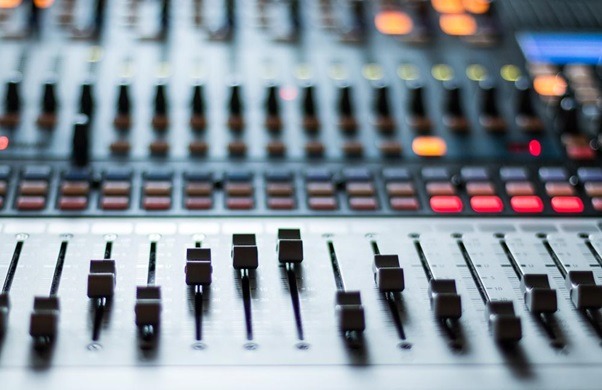Mixing will help bring out the best in the track — highlight the most essential elements and add special effects to surprise the listener. In addition, quality mixing will ensure perfect sounding on any equipment. That is why everyone who is going to process music should thoroughly understand what mixing is, how it works and why this technique is necessary for creating a hit. Ask a music professionals if you need to learn music tutoring.
What Is Audio Mixing?
Altogether, mixing in the music industry is a creative process involving sound-level controls. Specialists extract particular tracks and mix them, producing a final composition in which each instrument and performer sound distinctly, with all sounds merging into a complete piece of art. With this, it is also important that you use a reliable audio analyzer to test the final audio output that you will have. Check out https://technicalustad.com/3-applications-of-audio-analyzers/ to learn more about the significance of audio analyzers.
Moreover, sound engineers also use other options:
- panning;
- equalizer quality;
- effect control.
By the way, with a huge list of top-notch effects, the sound engineer (SE) is tempted to use all of them throughout the mixing process. But there is a general rule: in good composition, the instruments that were originally used for track recording should come to the fore. The radically new or additional effects won`t be superfluous, but there shouldn`t be too much emphasis on them.
Steps of Audio Mixing
Each sound engineer has his own procedure and favorite music mixing services, but in general terms, there are several main stages of the track mixing formed over the years:
- Preparations: determining the optimum listening point (known as the “sweet spot”). It`s necessary to clearly hear the middle channel, i.e., the signal that is in the center in the panorama.
- Setting the musical balance: preliminary resetting, setting the faders at the same level in the mixer, setting the output signal using an analog or digital console.
- Panning: it`s necessary for achieving special effects, separating instruments or sources that sound in the same frequency range, as well as setting an even sound balance in the mix.
- Dynamics processing and equalization: this stage helps to carry out a competent separation of instruments into frequencies. A high pass filter must be applied to each part. Also, SE usually cuts at least 20Hz (it removes all artifacts and “dirty” fragments that the compressor doesn`t respond to).
- Formation of acoustic space: setting the perception of the signal distance.
- Artistic processing: creating artistic uniqueness of the composition. In the last stage, various effects are used (chorus, flanger, distortion — for processing the guitar sound; reverb, delay — for processing vocals). The end result depends only on the SE`s imagination.
There`re plenty of nuances in mixing it`s easy to get confused. However, the use of quality mixing services and professional help will help to release the perfect sounding track. But before you do mixing, make sure to use the best dj mixing board.
Why Mixing Music Is Important
When the idea of a track seems worthy to a novice musician, but at least the minimum mixing has not been done, the sound can disappoint the listener accustomed to high-quality studio music. A composition without processing may face such problems:
- the sound of various instruments merges;
- the rhythm is not energetic enough;
- the sound seems too “flat” to the listener.
Of course, all the message and music energy laid down by the artist is lost. After the first setbacks, many newbies begin to compare their music with the work of professionals. To achieve such a powerful rhythm and tracks` depth and everything else that is so catchy in commercial music, the artists definitely need to apply mixing tools.
Conclusion
Finally, mixing is a must-have technique that allows each instrument to stand out from the entire volume of sounds. Professional mixing also includes working with the dynamics of instruments, their spectrum, and time parameters. A properly processed track should create the illusion that the sound is in the air in front of the listener.
Fortunately, there is no need to have a special skill or spend a lot of money on an expensive SE, because post-production has long ceased to be the prerogative of professionals. Today artists have a ton of music mixing online platforms at their disposal with a variety of functions, effects, and presets. Don’t be afraid to test such services, as additional processing will only improve the sound quality.


